Craig Patnode, President and CEO of Eldermark, believes that senior housing operators are leaving a lot of money on the table. During a talk given at the Senior Living Innovation Forum, he explained that it is possible for everyone in senior housing to hit a profit margin of 42 percent.
He told the SLIF audience that when he first got into senior housing, he kept suggesting they track the profit margin per resident, but people kept telling him, "No, you can't do that, these are people, not units."
But, he said, "You have to dehumanize the fact of the person and call it a unit, because that's essentially [what it is]: unit inventory." As he has seen the latest changes happening in the industry in recent years, he has started to discuss senior housing in terms of “unit inventory” once again, and believes it is imperative that senior housing operators start thinking in these terms, too.
Unit inventory goes to the rent roll, he said, but at the same time if you're tracking the profit margin per resident, you can also track the profit margin per service and per service type. He suggests grouping services into five different categories in order to track the profit margin per category, and then focus on the time spent on different services.
Fifteen years ago, he said, there were maybe 30 to 40 residents, at most maybe 60, per building, and they were light care, heavy rent, but today there's more like 100 per building and it's heavy care. He also sees companies implementing "copycat" models, copying everything from their competitors without factoring in their own true costs like rent, interest rates, and other operating costs. This leads to numbers that are off by as much as $1,000 per patient in some categories, and some of these companies end up going out of business as a result.
Refining Service Model Design
But other senior living providers—those that factor in their true per-unit costs and set their profit margin targets based on those numbers—are able to refinance their businesses and pull out large amounts of equity because they're making a high margin on services and splitting it out from rent.
"An assessment is only as good as your actual confirmed care on the floor, and you have to marry the two"
When a business figures out what their service model design is and then builds from that endpoint, they can hit that 42 percent profit margin goal: the trick is working backwards to do it, and using technology to drive it. This is how the top operators in the country right now are hitting 42 percent, and they're doing it consistently.
The first things a company needs to do, he said, is decide if they're going to offer one level of care, multiple levels of care, a la carte care, or some combination; then track the cost of the care the provide in measures of time; and, if using points, determine what the points equate to in time.
"An assessment is only as good as your actual confirmed care on the floor, and you have to marry the two up together, otherwise you'll consistently be off by 25 percent," he said. "That's where you can pick up the initial 10 to 25 percent margin.
Accounting for Unscheduled Services
After looking at the service model design, companies then have to look at their marketing and potentially mix it up, develop standardized time values, conduct assessments, develop care plans, and then develop their schedules, which have to be point of care in order to have real-time staffing to pick up the unscheduled services on the floor that aren't accounted for in the assessment.
.jpg?width=483&name=48140461882_64c0b0ed71_k%20(1).jpg) |
| Craig Patnode at SLIF19 |
Once unscheduled services are factored in, a company might want to make the decision to charge additional fees if a particular service goes over 20 minutes. Unscheduled services need to be reported, and those reports need to be reviewed regularly so companies can adjust their rates as they need to.
"That is the science to hit 42 percent: it's unscheduled services. That has to be managed routinely," Patnode said. "If it's done properly, you will run a service model design that will hit consistently in the high values of profit margin."
Where we don't see that happening, he continued, is when businesses run a model that is not a closed feedback loop model.
"You have to close the gap and feed [that information] back to the database so the database can make sense of it and you can figure out your margin, you can figure out higher acuities of care, and you can start to bundle [services] into those five categories and start to see who is the most profitable resident for your building," he said. "Running senior housing is a science at this point and it's getting more complicated."
Managing Behavioral Health Issues
The next big piece to tackle after that is behavior health management.
"Behavioral health management is a screaming issue for senior housing right now," he said.
He then outlined a simple assessment that facilities can use that would send an alert out to bring in a simple care team with a physician and a behavioral health specialist the next day, and they would get paid for that service.
"You bring a professional team in to take care of that situation, and at that point your nurse can step back," said Patnode. "What happens when your nurse has to keep taking care of these behavioral health issues and you've got 100 patients in that building? You've got to bring in the psychiatrist or doctor, that professional care team, and they will get paid to do this. You're essentially helping that nurse, and therefore it becomes a staffing issue [easing the burden on your staff and freeing up their time], and your providers get to make more money because they get paid to do it. It's as simple as having an assessment with an alert that goes out, and then you have a care team."
"Behavioral health management is a screaming issue right now"
He reiterated that profit margins have to get higher in senior living and that they absolutely can; he assured everyone at the Senior Living Innovation Forum that they can make 10 to 25 percent more points if they have a closed loop feedback system, build a simple care team for behavioral health management, and, finally, become part of the value chain through Medicare Advantage.
"We're starting to see circles of folks that will take a lead and work with insurance payers [on Medicare Advantage], and you will be invited to participate in that, but if you can't get your margins right and you can't manage your behavior health management and the items that go with that, then it will be very difficult for you to participate in a Medicare Advantage plan or be part of that ecosystem."
Tracking Labor Costs
Additionally, he said, labor costs are a big issue in senior living, especially when those costs aren't being accurately tracked. As an example, he noted that he's seeing buildings with 300 to 400 pendant calls happening on a daily basis. If 10 people on the care staff divide up to 400 calls, and each call takes up to 10 minutes to address, then that could be more than six and a half hours each care staff member is spending each day on pendant calls alone that is not being accounted for in labor costs. A simple solution here might be to limit the number of pendant calls per resident, and beyond a certain threshold of calls they become a billable event.
"Those are things I'm seeing from a staffing perspective right now—how you organize your model, how you staff it, and then these outlier things you might not have even considered like the sheer number of people hitting the pendant call, those are things that are going to drastically change your game if you can put your hands around it," he said.
Patnode is a firm believer in tracking labor costs and says he doesn't see it happening enough across the senior care industry.
"Labor is the number one issue, but if you're not tracking it then you won’t know your margin, and if you don't know your margin then you could be susceptible to losing your business because you can't control the spikes in cares that are happening on a daily basis."
He closed his talk by saying there are a plethora of opportunities coming down the pike in senior living, and the future of what this industry will be able to do for its residents is going to be very exciting.
"But," he said, "to play that part of the game, you have to look at your service model design and ask yourself, 'Am I receiving the type of margin that I should be?' because there are a lot of gaps in these cares that are going out that people aren’t tracking."
Ending on a positive note, he said that the good news is these are things that can be changed immediately, and just by doing that, a 42 percent margin quickly goes from fantasy to viable reality.
Like what you are reading? Consider joining us at the Senior Living Innovation Forum. To request an invite head here.
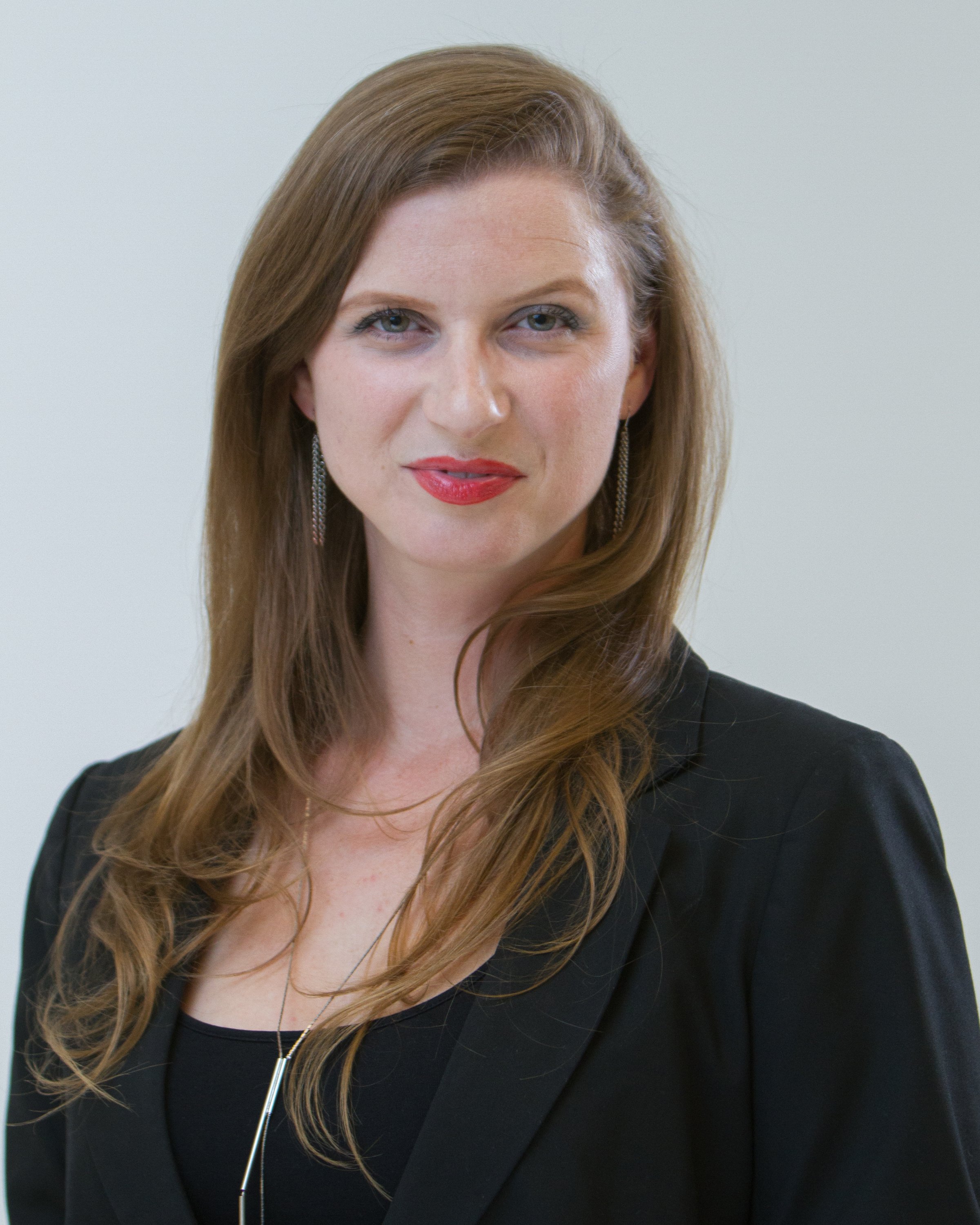
Posted by
SLIF heads to Carlsbad!
The One of a Kind Retreat for Senior Housing Leaders.
May 31 - June 2, 2026 | Carlsbad, CA
Learn More

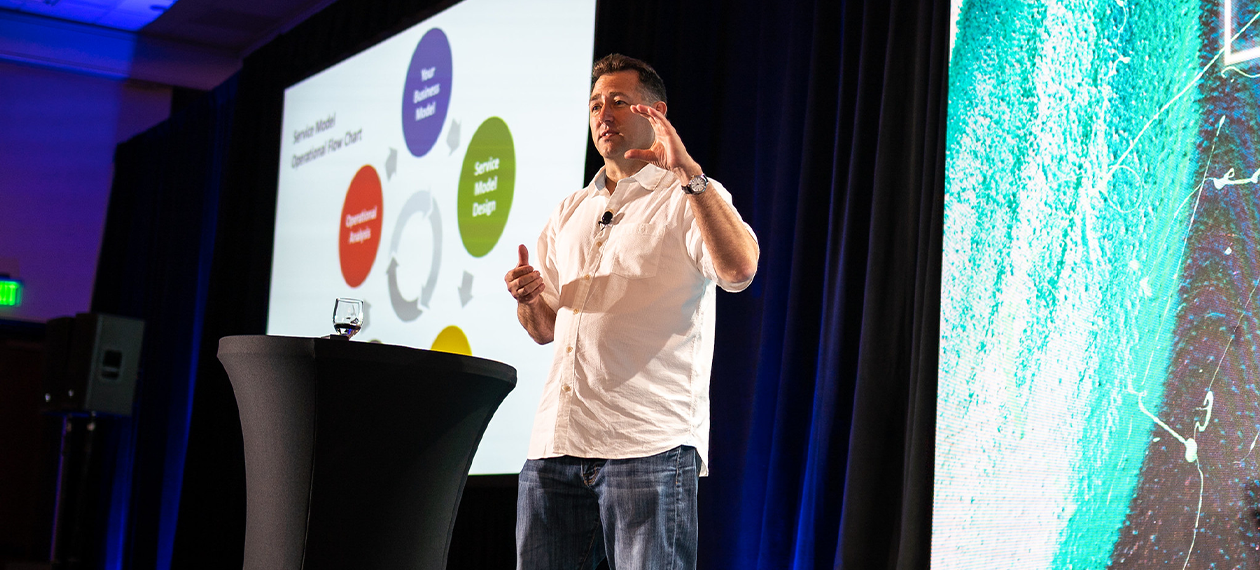


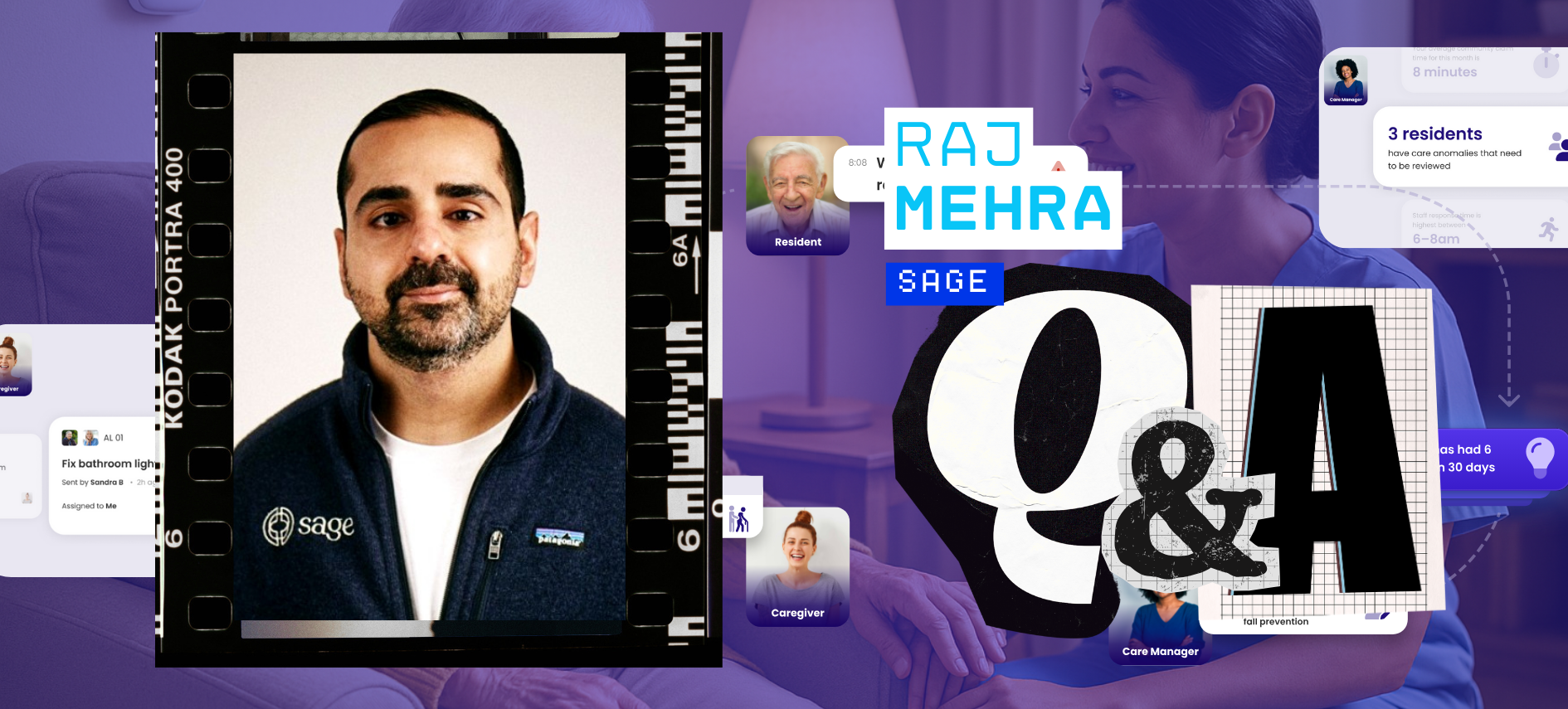
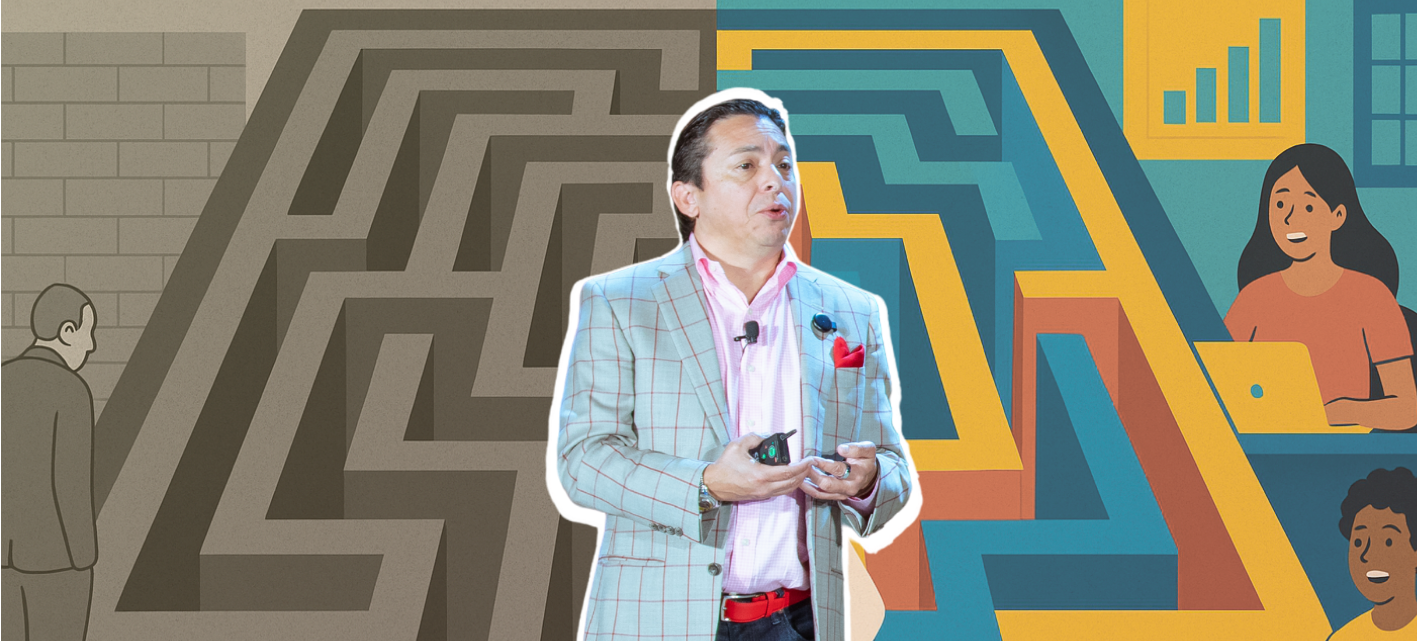

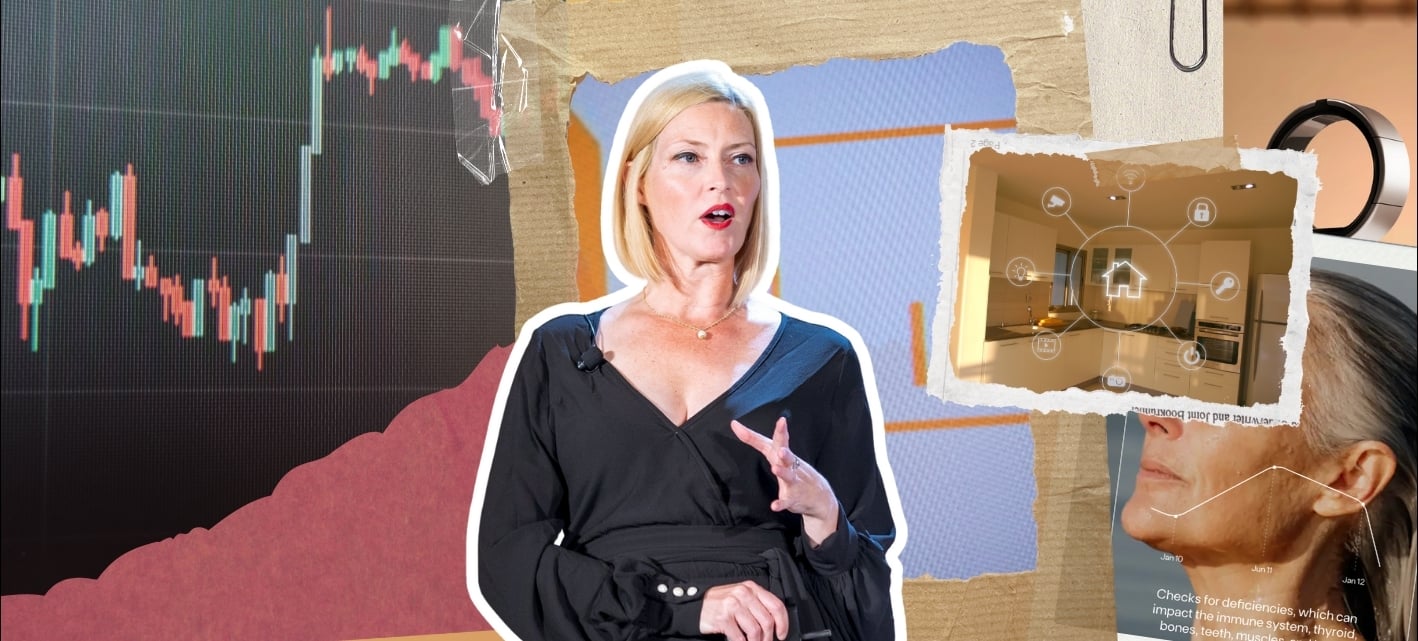

Comments